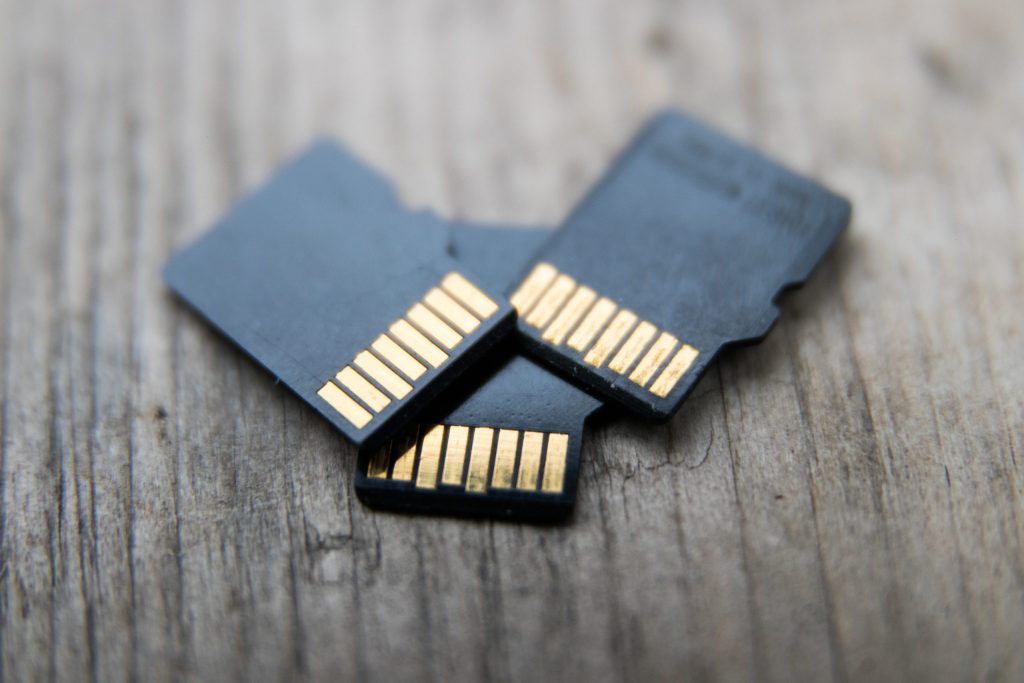There’s no need to keep asking yourself why does my dash cam says memory error, as I have the answers you seek in this article.
By the end, you will know all the possible reasons behind memory card errors and what you can do to fix them effectively. Let’s get started!

Why Does My Dash Cam Says Memory Error?
Whenever you see a “Memory Card Error”, then that may result from several reasons:
- A corrupt or damaged memory card
- The SD card is write protected
- An incompatible memory card
- A problem with the dash cam itself
A corrupt or damaged memory card means a problem with the card’s capability to write and store data of any kind. This can result from software damage to the card, such as malware or virus, or it can also be caused by physical damage to the card’s circuits.
If the card cannot write and store new data, it can also mean that it is write-protected to save any important files from being deleted or overwritten.
When a card is incompatible with a device, it often means that its write speed is too low and unable to process higher-quality video content at 4K resolution. That is why higher-speed memory cards are recommended for dash cams.
Lastly, problems with the dash cam itself can cause memory card errors, such as a damaged SD card slot, a corrupt system due to malware or virus, or any hardware-related problems. In this case, whatever card you put into the dash cam will be unable to record any data.
Fixes For Your Dash Cam Memory Errors
There are a number of methods that you can try and fix memory card-related issues:
- Recover data and format the memory card
- Replace the memory card
- Make “loop recording” shorter
- Reduce the camera’s G-sensor’s sensitivity
Recover data and format the memory card
If you’ve already tried turning the camera on and off and removing and inserting the memory card into the dash cam but without any success, you can try and recover your data and format the card completely.
You can use this guide to recover your files from the memory card using the Recuva app. You can skip this step if you don’t have any data that needs to be recovered from the memory card.
After you’ve recovered your data, you can continue formatting and cleaning the memory card. You can do this in two ways:
- Directly through the dashcam
- By using your computer
This step-by-step guide can help you format your dash cam’s memory card on a computer.
Read more: How to Delete Dash Cam Recordings
Replace the memory card
Even I was asking myself why does my dash cam says memory error until I swapped it with another one. Sometimes replacing the memory card with a different one is all it takes to solve the problem, so it’s something worth trying.
In fact, this is the only way to find out if the memory card is broken or damaged, as I have personally done.
That’s not all, as you may have also purchased a slow memory card for your dash cam, and it simply can’t write high-quality video content. Replacing it with a Class 10 (10Mb/s) or Class U3 (30Mb/s) card will resolve the problem.
Make “loop recording” shorter
A dash cam operates on the principle of recording small and short video files instead of producing one long footage. This makes file sharing faster because it’s easier to transfer shorter video files.
Most modern dash cams provide you the option to select the length of the footage, depending on your preference, but the shorter the length, the better for the memory card to delete older files to make space for the new.
That is why it’s a better practice to shorten the loop recording time of the dash cam, as that will also avoid memory card problems as well.
Also read: Do You Need Cloud Storage For Dash Cam?
Reduce the G-sensor’s sensitivity
Almost every modern dash cam has a built-in G-sensor, whose job is to sense vibrations of a car crash and record the events in an undeletable video file. These files are also called “emergency files”.
The downside is that a G-sensor can be highly sensitive to even the slightest vibrations and record numerous “emergency files” without any reason. This will result in a lack of space and memory card errors.
Reducing the sensitivity of the G-sensor and setting it to the lowest setting should solve the problem.
